By OGP Editors / Stephen Calhoun Provides File Photos
Oh Good Party
Aristotle said:“The aim of art is to represent not the outward appearance of things, but their inward significance.” Digital is just a media of choice for expressing artistic talent and creativity. It doesn't make artists' talent or creativity any less important than any other media. Digital art will not make artists out of themselves, they need to learn the same things as other traditional artists. Of course every media has its own price value, depending on the name and talent of the artist.
Background
Stephen Calhoun is an artistic experimenter. Starting as a self-taught graphic designer in 1985. his first fine art works were painted from 1993-2002. He took up the cause of procedural, generative digital art in 2003. In 2009, he took up digital photography, and soon began fusing photography with generative procedures. His experiments have focused on complexity and symmetry since 2013. His catalog of artworks numbers over 250 pieces. His musical career extends over many decades, and as instrumentalist and composer he issued eight recordings between 2001-2015. As well, since 1996, Stephen creates and presents compelling interactive, transdisciplinary programs rooted in experiential inquiry, oracular tools, Analytical Psychology, social cybernetics, and, group exploration in the field of adult and organizational development. On occasion he works with public libraries in staff and strategic development. He is also a researcher focused on serendipity in adult development.
Interview
OGP:Traditional art in the Western would be those media that we are all familiar with: painting, sculpture, photography, printing and printmaking. But the 1960s saw the birth of much new technological advancement and it began to spill into the art community, giving way to many unique styles of art. In Internet time, this nontraditional art, or new digital media allowed the opportunity for artists to design unique creations using traditional and contemporary combinations that are now classified as digital art. We are honored to invite Stephen to talk about his ideas of digital art. Prior to this, can you tell us a little about yourself and your artistic background?
Stephen:The creative life chose me. I was chosen as a teenager almost fifty years ago. Youthful inspirations soon developed into a series of lifelong creative quests. Somewhat differently, I spent a lot of time earning a livelihood in non-arts fields, such as the music industry and organizational development. Yet, in the background was always music, and, later, visual arts. I have taken an intuitive, wandering, reflective pathway through various creative chapters, starting with music, then wandering into experiential toolmaking, then back through music as a composer, and into painting, next photography, and, nowadays, into experimental picture making using a camera and a computer. Underlying the adult journey is my keen fascination with the empirical nature of both creative and aesthetic experience. This is the ground that supports my interest in what it means to conduct creative experiments. My art practice is inflected with psychological concerns, and, I suppose these lend my artwork a unique thrust. My visual art is also a musical art in terms of my sensibility. My art is produced by improvising, assembling, the deep visioning, composing and conducting. The principal truth behind my creative drive is that my quest to create engaging, universal, and, maybe even, timeless, artworks--just for the sake of experience, engagement and enjoyment--is likely to be my final, life-capping quest!
Oh Good Party
Digital art is all nontraditional, because it expands articulate ways that an artist is able to use to explore ideas. Today, digital technologies penetrate almost every aspect of our lived lives. It has transformed news media, education, entertainment and art. It opens up more opportunities for the artists, allowing them introduce their works and ideas into people's everyday lives over the Internet.
OGP:Digital art is all nontraditional, because it expands articulate ways that an artist is able to use to explore ideas. Today, digital technologies penetrate almost every aspect of our lived lives. It has transformed news media, education, entertainment and art. It opens up more opportunities for the artists, allowing them introduce their works and ideas into people's everyday lives over the Internet. Have you had any collaboration with other artists and associates?
Stephen:Yes, I have. I reused a mixed media collage created by a very close friend and professional associate in a recent series of pieces. This project came about many years after she had sadly passed away.
OGP:We art sorry for your loss. May your memories give you strength.
Stephen:Thanks. A gallery represents select pieces, and, these remain installed in its main gallery in Cleveland. I have been admitted to several shows in 2016. Also, I have been invited to participate in several private online collections. I am always surveying the landscape of the art world looking for compatible opportunities. My web site is central to my online efforts and experiments.
Stephen Calhoun
I'm serious about supporting the future value of my artworks, so I provide crucial protections with respect to authenticity, provenance, and, affirmation of the edition. My mark/signature and Certificate of Authenticity must match. The COA affirms stipulations, including the status of the original digital files. This is the most rigorous way to protect the collector.
OGP:The advancements in digital technology allow the artists to create pieces in different social environments; it allows them to do things that they couldn't do inside the gallery. We believe digital art has not only redefined the art but has increased the accessibility of art in the world. What motivates you to keep going?
Stephen:My greatest achievement is nothing more than the small moments which come back to me as reports about people enjoying their experience of my art work. My art is completely focused on providing the viewer with a joyful moment of experience. It keeps me going to know that art, my own and other such art, that aspires to be beautiful and engaging and humane, has an audience.
OGP:The computer are such as a powerful tool that traditional artists have started to look at it as some kind of unfair extension. It provides a good workspace, with the freedom to make mistakes. However, digital art has a big problem: it may be copied. For collectors, it’s not “good”. Some galleries don’t even deal with digital artwork, because there is no original hard copy to sell. It exists only as a file, at least until it’s printed on physical material. Since we are in an age where file sharing is common, how can a gallery be sure the piece will remain the only one in existence, or even as a part of a limited and signed series? What do you think?
Stephen:My own editions of large pieces are almost always one-of, and, medium size pieces are one-of, or otherwise are produced in very small editions. I tend to see the collector as being open or closed to this issue, and understand why this comes up. I'm serious about supporting the future value of my artworks, so I provide crucial protections with respect to authenticity, provenance, and, affirmation of the edition. My mark/signature and Certificate of Authenticity must match. The COA affirms stipulations, including the status of the original digital files. This is the most rigorous way to protect the collector. That noted, the digital artist is in the same situation that the photographer (for over 150 years,) printmaker, casting sculptor, and other kinds of artists are in. The printmaker has been having to manage editions since the fifteenth century. Museums are full of work in these mediums. I'm reminded of the evolution of music. There was a time when the original presentation of a piece of music was lost forever simply because the performance could not be recorded. Unlike visual art, prior to the development of the mechanical means of reproduction--something that nowadays can be accomplished with a cell phone--the only possible way to capture a musical performance was how a live performance became etched in consciousness. Hearing live music was the only way to retain the music. Over many performances, and over long, but also over sometimes short, musical careers, there wasn't even the single, (so-called) one-of edition, to support the affirmation of mastery and artistry. From my artist's perspective, just as it was with music, if you don't have access to my original production, you will not be able to have the full experience of the image etched into your mind. It is that experience, right in front of the artwork, facing it, that is the transcendental one. This is different than the experience of an object's sheer scarcity. I want people to invest in my unique artwork because he or she is after the deeply compelling experience. I'm providing single or very small editions, while hoping also that these single works end up in places such as museums, where lots may have this deep experience. I'm also happy to be prolific and hope collectors and others will support my wish to have my art viewed by many many! At the end of the day if you want to view my work everyday because you love it, you'll understand also why I support this by affirming that a piece is singular or numbered in a small edition.
Stephen Calhoun
I'm much more dedicated to creating art which provides for a good experience than I am making good art. The important thing is my work is intentionally artistically distinctive. It combines a lot of rigorous building and technique, with a fundamental openness to the unexpected and happy accidents. My artwork is about beautiful order found amidst disorder. From the very beginning I understood my aims would be possible if I released myself from the urge to control everything. My art is underdetermined, and this is one of the secrets - if you will - supporting its power to draw the viewer into its field.
OGP: In your opinion, what is a "good" piece of artwork?
Stephen:I would argue for the subjective viewpoint, even if it requires the actual answer to 'what is good' to be found in the sensibility of the beholder. My own goal is not to make good or bad art, it is to make art that offers up the possibility to be positively engaged and rewarding because it is compelling and beautiful and mysterious. I'm much more dedicated to creating art which provides for a good experience than I am making good art. The important thing is my work is intentionally artistically distinctive. It combines a lot of rigorous building and technique, with a fundamental openness to the unexpected and happy accidents. My artwork is about beautiful order found amidst disorder. From the very beginning I understood my aims would be possible if I released myself from the urge to control everything. My art is underdetermined, and this is one of the secrets - if you will - supporting its power to draw the viewer into its field. Because I understand something about the nature of experience in the midst of practice, I fold this into my creative process too. I try to 'square the circle' and integrate a timeless image, one full of organic patterns and forms (often hidden right below the surface,) with a basically common organizing form, the mirror symmetry, or the circle, or the mandala. I ask the viewer to go seeking into the image. My art's distinction is in the way I set up various opportunities for the viewer to go on such a voyage! This is very different than trying to provoke, or trying to convince, or trying to shock, or trying to transmit a coded meaning. One last aspect: most of the time I am trying to build an image that is very beautiful.
Stephen Calhoun
Although my own work is complex, I am also drawn to the numinous simplicity of much classical Asian visual and sculptural art. I understand in Asian households with a sense of tradition, art has an honored, ritual, and everyday value in the household. This seems worth protecting.
OGP:Aristotle said:“The aim of art is to represent not the outward appearance of things, but their inward significance.” Digital is just a media of choice for expressing artistic talent and creativity. It doesn't make artists' talent or creativity any less important than any other media. Digital art will not make artists out of themselves, they need to learn the same things as other traditional artists. Of course every media has its own price value, depending on the name and talent of the artist. There are some Buddhist images in your paintings, what is your opinion on Asian art?
Stephen:The experiential aspect of the Zen koan or Taoist teaching story is not altogether different than the possibility for momentary attention my artwork hopes to activate. Although inexpert in Asian art, I am immensely attracted to the naturalistic ink settings. Although my own work is complex, I am also drawn to the numinous simplicity of much classical Asian visual and sculptural art. I understand in Asian households with a sense of tradition, art has an honored, ritual, and everyday value in the household. This seems worth protecting. I relate to this cultural idea. My art is intuitively and deeply influenced by my spiritual practice, a practice itself synthesized from various elements, including some borrowed from Asian spiritual practices. This has resulted in both concrete and subtle Asian qualities finding their way into some my images.
Stephen Calhoun
My art is open to anybody, to all ages. It seeks to be public, accessible, there for all to see. As someone devoted to the endless possibilities rigorous yet intuitive experiments generate, my practice will continue on its quest.
OGP:Yes, the west is different from the East. However, the art is diverse itself. Throughout the history, art has always reflected the culture of the time period during which it was created. It takes many forms and it is always evolving. What do you hope to achieve in the field in the future?
Stephen:My short term dream would be fulfilled if artworks of mine found their way onto walls where anybody could engage the pieces. My art is open to anybody, to all ages. It seeks to be public, accessible, there for all to see. As someone devoted to the endless possibilities rigorous yet intuitive experiments generate, my practice will continue on its quest. Life itself tends to disrupt most planning, but, nevertheless inasmuch as it can be planned out, I'm looking forward to bringing my universal art to new audiences anywhere these might be discovered and encountered! As long as I'm able to, I answer yes to be chosen to create art.
Postscript
Thank you to Stephen Calhoun for the discussion. His experience and professionalism will inspire more people to understand that digital art provides deep rewards and sustains its equal status as a source of inspiration and value. Please continue paying attention to ohgoodparty.com. and Stephen Calhoun.

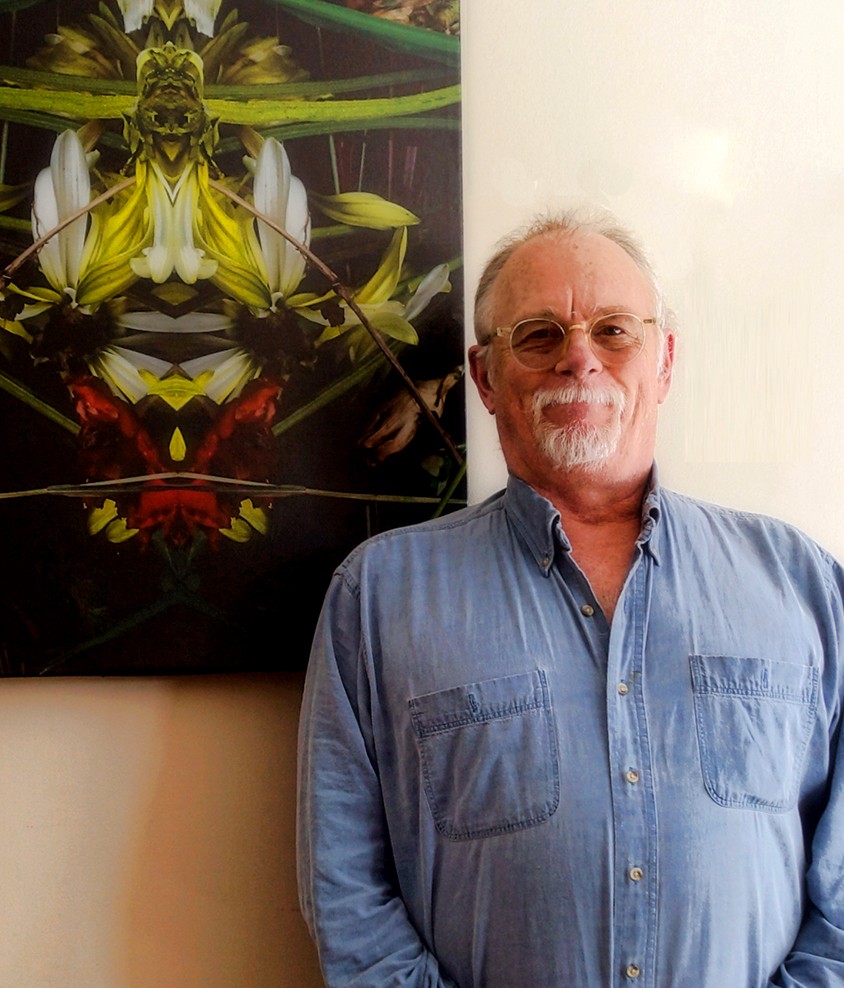

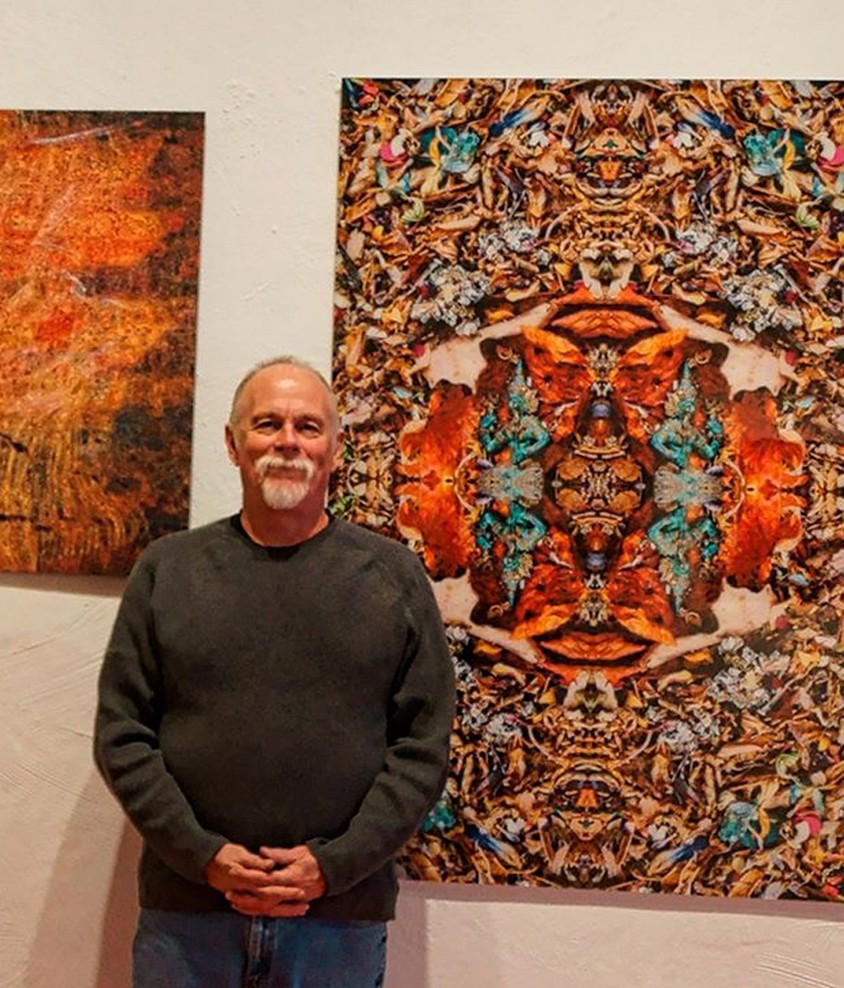

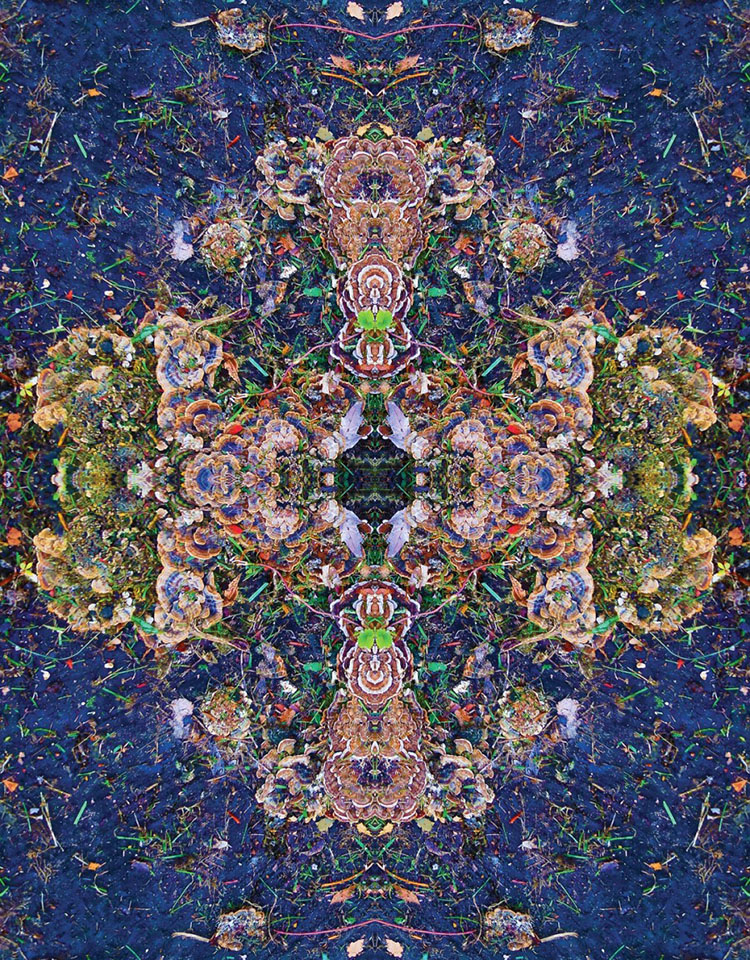

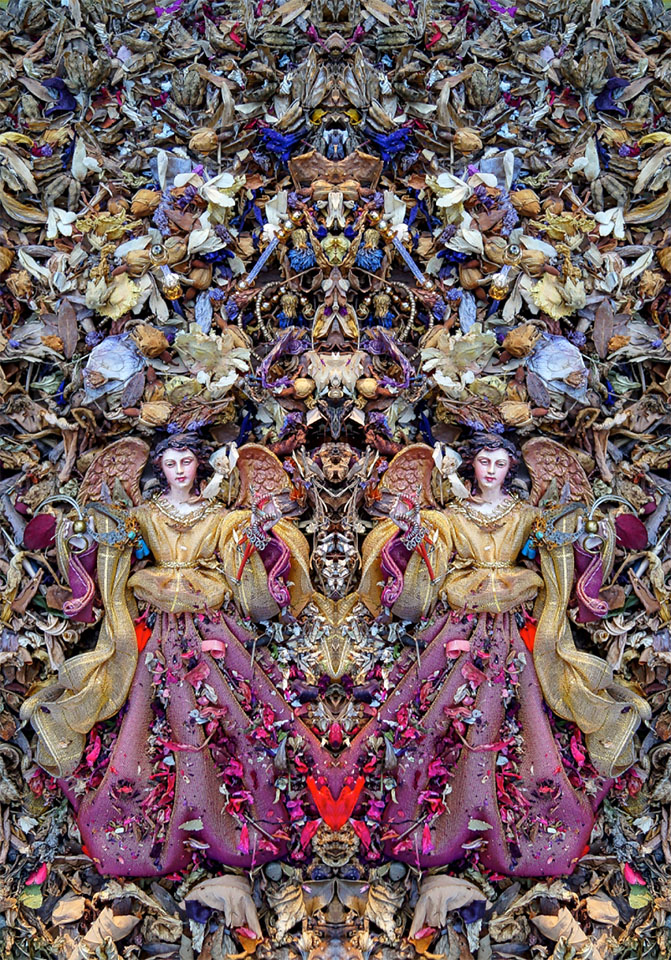

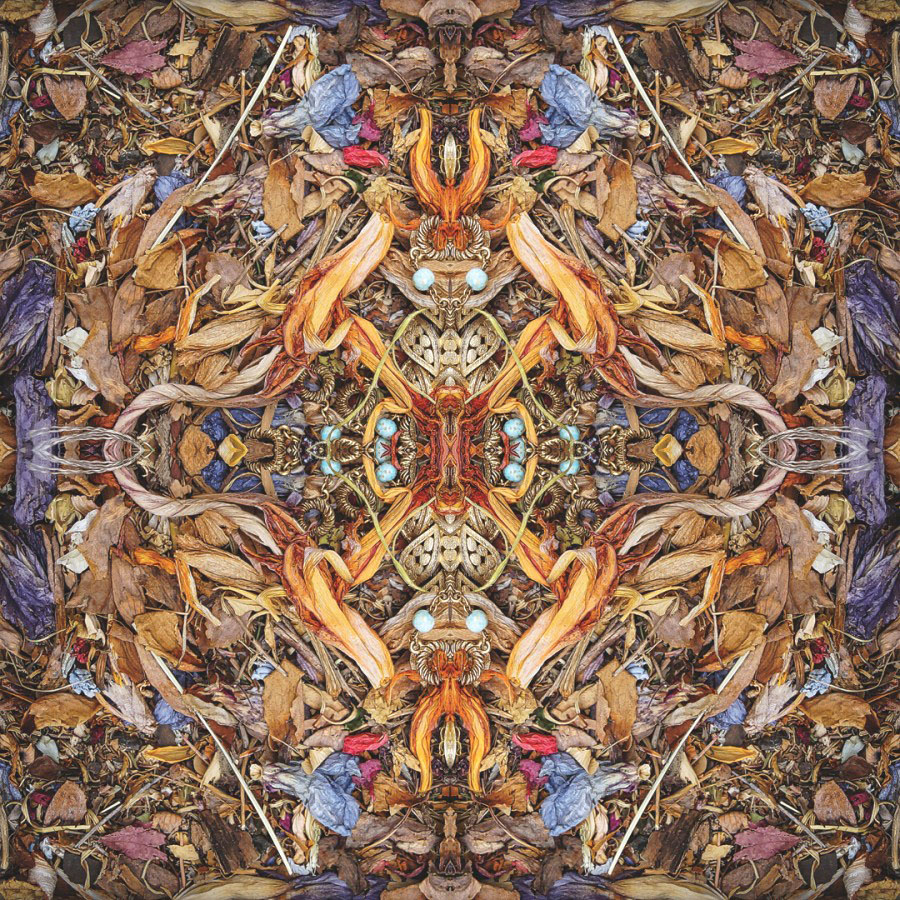

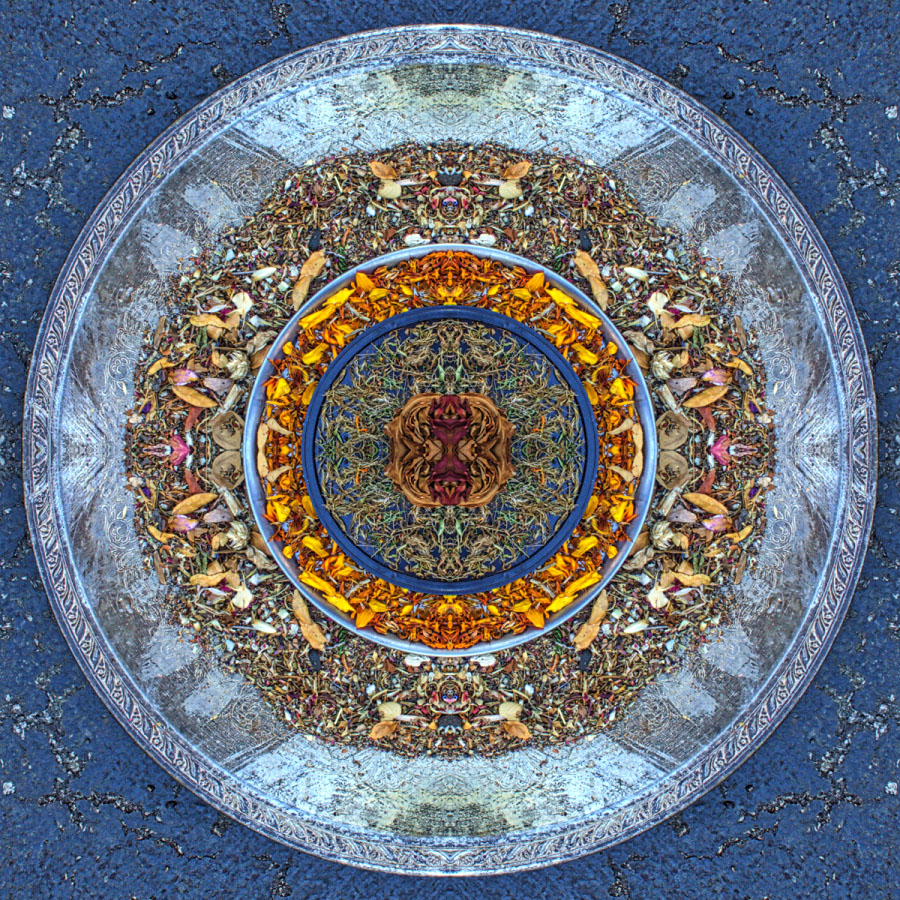

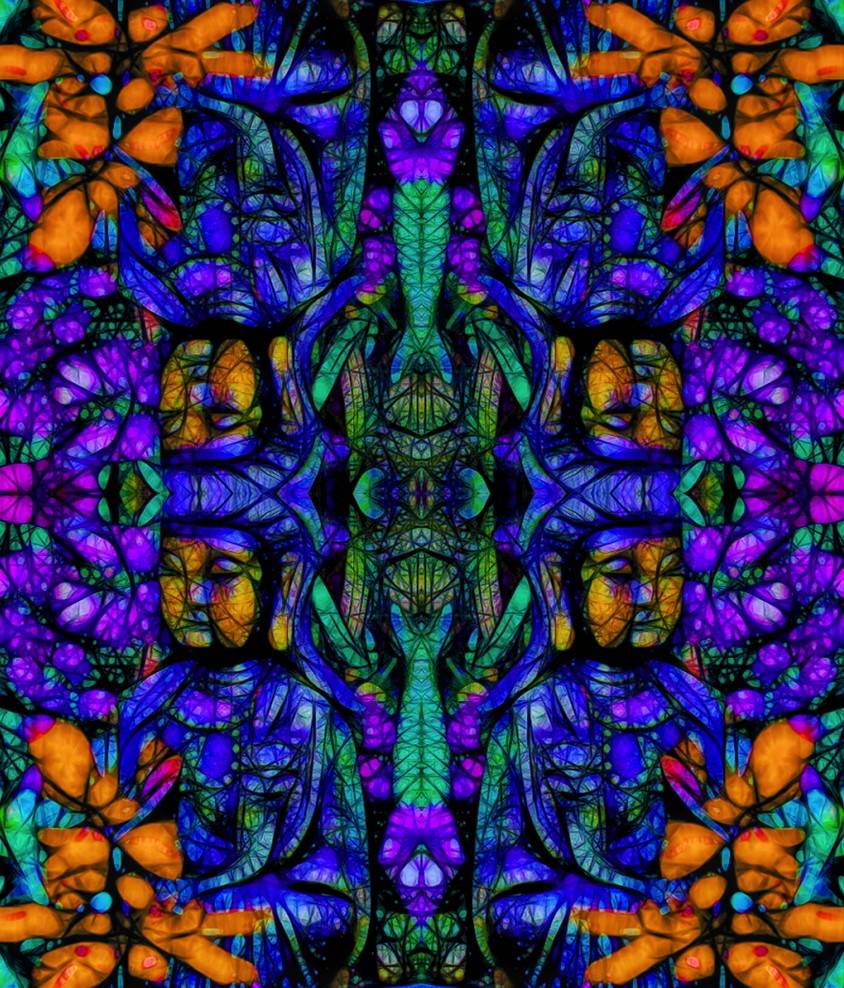
Commentaires